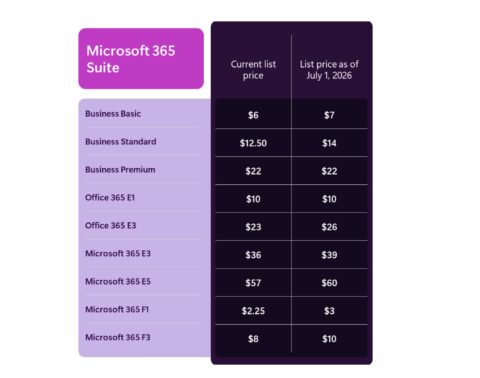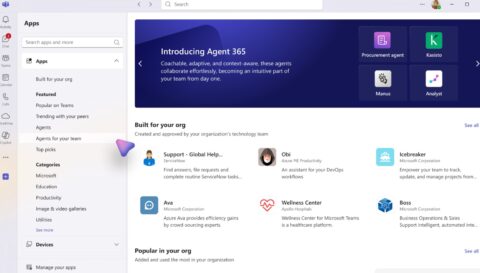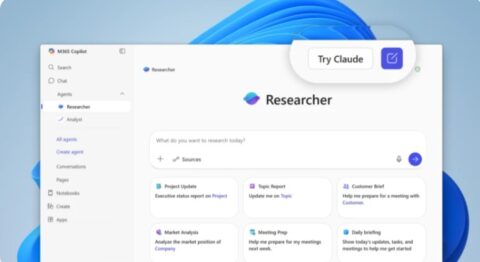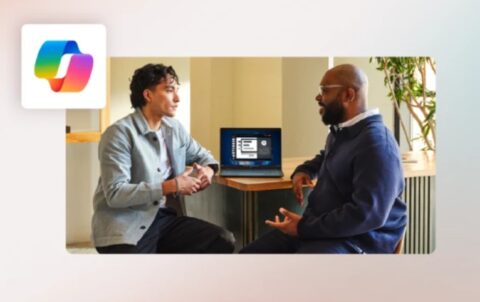July 22, 2025
BlogIt’s SharePoint Advanced Management, not Copilot Advanced Management

Microsoft recently announced SharePoint Advanced Management (SAM) was rolled into M365 Copilot licenses for no additional cost. Originally, Microsoft licensed SAM separately, so this is a big advantage for organizations wanting to roll out M365 Copilot.
Or is it?
Although Microsoft touts SAM as helping prepare organizations to deploy M365 Copilot, its tools are intended to identify and potentially resolve problem areas in SharePoint and OneDrive for Business and, consequently, is supposed to be licensed for everyone. As a result, this “no cost” pitch is creating confusion among customers. If organizations want to use SAM for rolling out M365 Copilot, does everyone in your organization need a M365 Copilot or a SAM license?
Microsoft is working to drive adoption of M365 Copilot, its flagship AI service, and knock down barriers to deploying it for its customers. Part of that strategy appears to be coupling SAM with M365 Copilot so that when an M365 Copilot license is purchased, SAM is enabled for the customer’s tenancy by default. This may not be a bad thing technically since SAM provides several tools for identifying and remediating high risk areas including oversharing, permission sprawl, site sprawl and outdated content. However, these risks also impact enterprise search as well as SharePoint in general. M365 Copilot just happens to amplify their exposure.
Since SAM’s capabilities apply to enterprise search and SharePoint (after all, it’s SharePoint Advanced Management, not Copilot Advanced Management), it would seem to support the idea that SAM licenses should be required for all users of SharePoint and OneDrive for Business.
Ultimately, all customers are governed by Microsoft’s Product Terms. When you read the Product Terms and SAM product documentation, there is no indication that the standalone SAM User SL (at US$3 per user per month) is waived for anyone other than people with M365 Copilot licenses. Consider an organization that buys M365 Copilot licenses (at US$30 per user per month) for 10% of its employees. Having to license SAM for the remaining 90% of its employees could double its expenditure.
Where the confusion comes in is with Microsoft’s public blog posts and account team conversations with company representatives using language like “no cost” and “tenant-level service” for SAM. This language can be misleading (and has no legal standing anyway).
Based on current information, we believe this “no cost” language appears to refer only to licensed M365 Copilot users, and “tenant-level service” does not equate to a tenant-level license (as they don’t even exist). The result: When you start using SAM to prepare for M365 Copilot, you may be exposing your organization to a licensing violation since — in the future– Microsoft could argue your non-licensed M365 Copilot users benefited from the SAM tools and must be licensed.
What Are Your Options?
If you decide to deploy M365 Copilot, what are your options related to SAM?
You may want to get written confirmation from your Microsoft account manager that, given your use of SAM is for the deployment of M365 Copilot, that SAM User SLs are not required for unlicensed M365 Copilot users. However, while this may offer you some protection, you still run the risk that Microsoft may decide to enforce the licensing at your next renewal. Alternately, you can evaluate a third-party product (also a cost) or inform your administrators not to use SAM, being aware that SAM capabilities can be auditable.
Often Microsoft licensing is convoluted. I don’t think anyone at Microsoft is intentionally trying to trap customers into buying SAM as much as they are driving M365 Copilot usage. However, the fact remains, the current Microsoft Product Terms (and SAM documentation) say every user who accesses a licensed online service must have a User SL. And it is not uncommon for Microsoft to take a more laid-back view of licensing rules while it tries to get a technology adopted by customers, only to embrace a stricter interpretation once the technology becomes mainstream.















